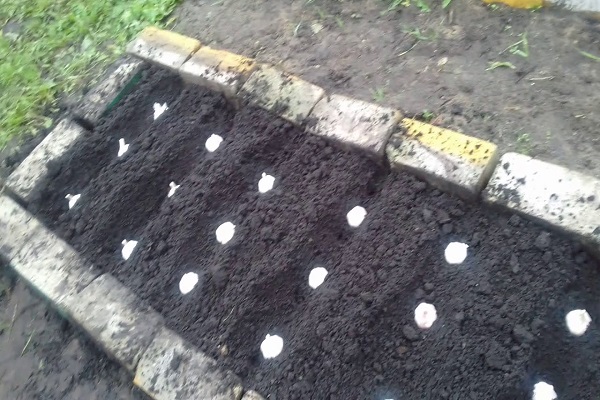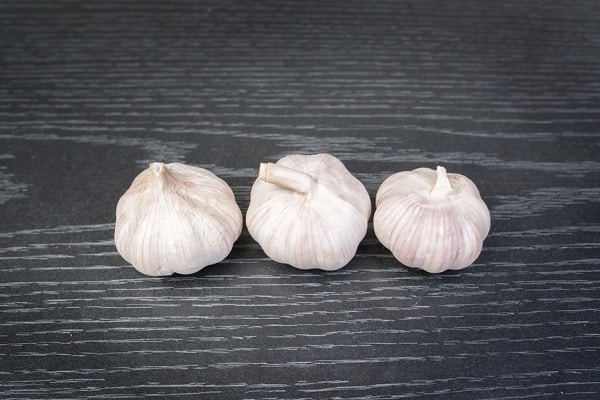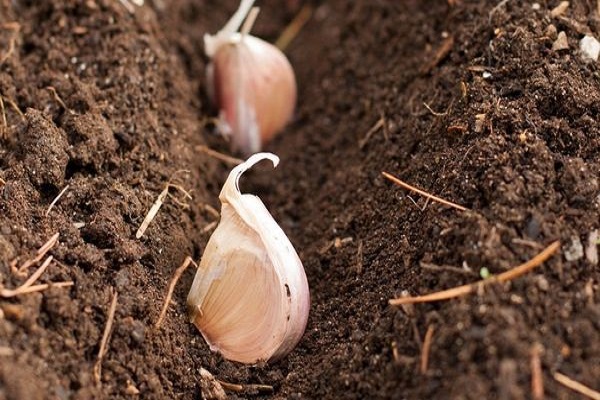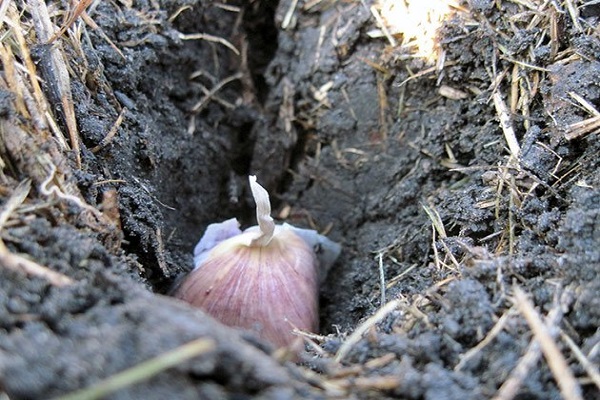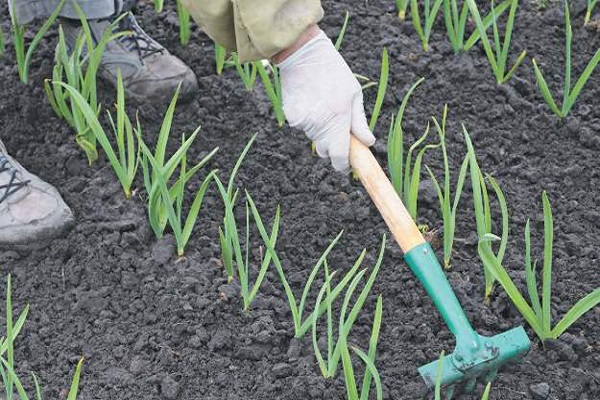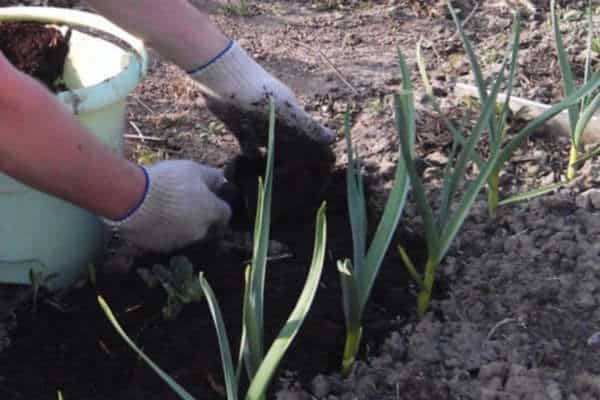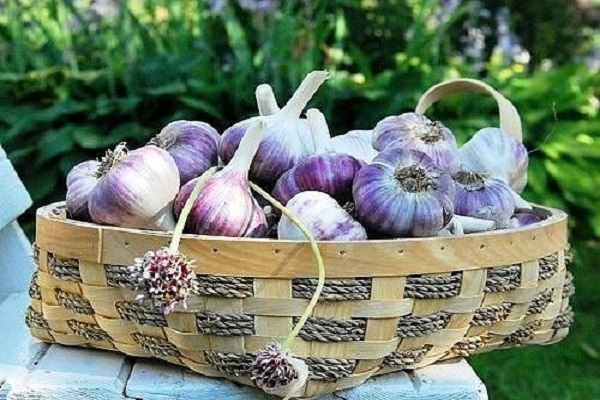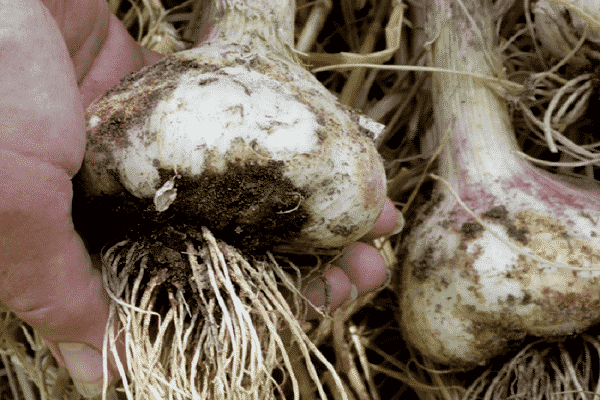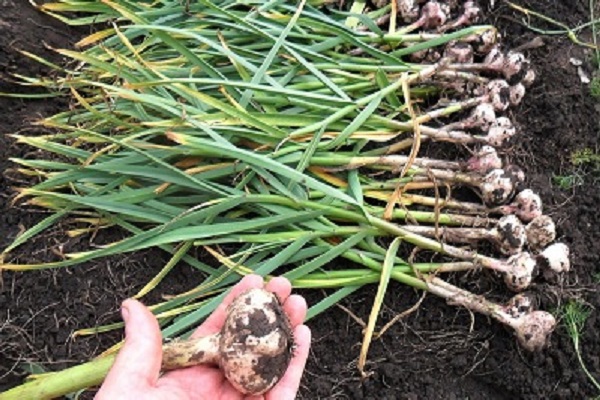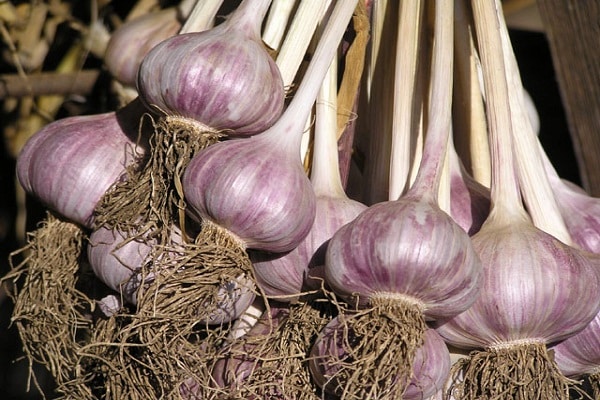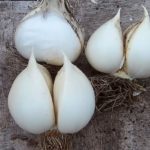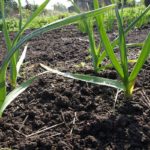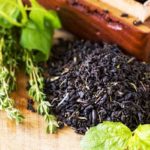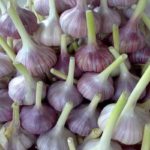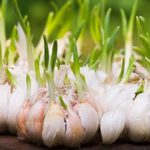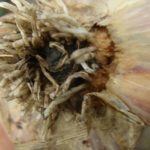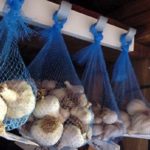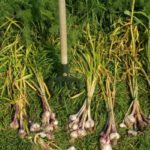Some gardeners grow bush garlic on their plot. The term causes confusion: the family (multi-bud) onion is known. When planted as a set, it produces from 7 to 9 onions in a nest. Garlic, when planted with a clove or single clove, produces a single full-fledged bulb. But gardeners claim: a plant of this type exists.
Often, a beautiful bush grows from a head forgotten in the garden in the fall in the spring. Young leaves are used as an early seasoning. But some gardeners leave the plant until harvest. The result is several small garlic heads.
Gardeners consider growing bush garlic justified. They are willing to put up with a small size to save space. The taste and pungency of this unusual plant are no different from its counterpart.
Description of the variety
You can plant the heads of any plant variety. Some gardeners pass special garlic from hand to hand. When grown in a nest, larger heads are obtained. But the name of the plant is not reported. Most likely, this is an ordinary zoned variety that is planted in this way. When placed individually, the prongs will produce a typical head.
Planting a winter plant can be successful. After the snow melts, clumps of green arrows sprout from the ground. Gardeners dig them up from the edges and diversify the country menu.
The spring vegetable is also planted whole. This saves space in the garden beds. Garlic tops grow stronger and coarser. But the underground part is better stored.
Growing
Winter garlic heads need to be planted 10–15 days before the onset of the first frost. For the middle zone this is the end of September or the first ten days of October. The teeth should have time to take root, but not produce green shoots. This will allow the plant to winter comfortably.
To get a good harvest, you should follow simple rules:
- The plant is not afraid of frost, but gets wet easily. The gardener needs to choose a place that is not flooded with spring water.
- When starved of food, mice willingly eat heads of garlic. It is recommended to protect the ridges from below and from the sides with a fine-mesh mesh.
- In regions with cold winters, winter plantings should be covered with white non-woven material. It needs to be removed after the snow melts.
Spring garlic The heads are planted as soon as the ground thaws.When planting, you should add a complete mineral complex (nitrogen: potassium: phosphorus). If it is not available, use ash (a glass per square meter).
Features of care
Caring for garlic, which is planted with whole heads, is no different from caring for a regular vegetable. Recommended:
- comply with planting deadlines;
- choose well-drained, moisture- and breathable soils;
- loosen several times a season (at least 2–3 times);
- add the mineral complex at least once (during planting);
- break out the arrows (they weaken the underground part of the plant).
You should be careful when choosing a landing site. The best neighbors are strawberries and fruit trees. The beds should not be placed after onions, garlic, or bulbous flowers.
Garlic heads do not like excess organic matter: only mature compost or humus should be added in moderation. For digging, pour a bucket per square meter. The beds are fertilized 5 days before planting.
Advantages and disadvantages
Growing whole garlic has its supporters and opponents. The first ones note:
- saving space;
- unpretentiousness;
- identity of taste with an ordinary plant;
- the benefit of neighboring crops from regular loosening and fertilizers.
Opponents talk about small bulbs and difficulties with harvesting. During ripening, you have to dig up the bush from the edges and select small bulbs. When consuming the herb in moderation, you can always set aside some space for planting.
Pests and diseases
The plant is easily affected by rot and mold due to excessive watering or in rainy summers. The introduction of immature organic matter contributes to diseases. Proper planting and care will allow you to avoid diseases and grow a good harvest.
Garlic planted whole is damaged by the onion fly. She lays eggs at the top of the plant. To prevent crop loss, it is recommended to adhere to the rules for the circulation of vegetable crops.
The pest should be monitored for years. In case of large-scale lesions, the use of insecticides is required.
Harvest and storage
Harvest should be done after the tops turn yellow. For digging, it is recommended to choose dry, preferably sunny, weather. Using a fork will reduce damage to the heads.
Shake the dug garlic off the ground and leave it in the sun for 2 hours. This operation will disinfect the heads. Then spread the crop under a canopy or in a shed in a thin layer (about 5 cm) to dry the tops. Leave for 2 weeks.
Then cut off the roots at the bottom (leave 2–3 cm). Shorten the tops to 15–17 cm. Place in a basket or box with holes for air. Store the harvest in a dark place at room temperature.
Reviews from gardeners
Gardeners share their impressions of growing plants with heads. A summer resident from the Moscow region says: “A neighbor shared her seed material. We have been growing vegetables this way for several years. We are very pleased: space is saved (we place the plants under the apple tree), the heads grow small, but sharp and fragrant. They do not freeze out in winter (when planted in autumn).
It is a little difficult to dig up the plant during the growing season to remove the outermost heads. But the advantages are obvious: when planting, there is no need to fuss and divide into cloves - time is saved.”

